Chef Patrick Roney has literally worked around the globe. His career has taken him throughout the American west, and onto the high seas. Ultimately, it lead him back to Louisville, Kentucky. Here, he’s put down roots.
He sat down with author Steve Coomes for this autumn 2019 interview.
Traveling the World
Chef Patrick Roney spent roughly two decades in professional kitchens before spotting a CVap® in a historic Louisville, Kentucky restaurant. Its purpose? Holding bread pudding hot. It would take a while before he discovered it could do much more.
[Patrick Roney] “They didn’t understand what it could really do then, but I didn’t either right away. When someone told me it can do a lot more, I got curious.”
Article at a Glance
Curious is a good way to describe Roney himself. Combining a love of cooking and wanderlust to discover food on a global scale, he graduated from the Culinary Institute of America in Hyde Park, New York, and headed west to cook in Prescott, Arizona, Jackson, Wyoming, San Francisco, and Palo Alto, California. His stay in the last spot would be shorter than expected.
[Patrick Roney] “I thought I’d be at that restaurant for at least a little while. But that was 2001, which meant 9/11, followed by the dot.com implosion. The people who were filling restaurants out there weren’t able to eat at great restaurants any longer, and 70 percent of our business disappeared.”

Life on the Water
With the restaurant’s end imminent, Roney packed up his “knife roll and a couple of pairs of khaki shorts and headed to Fort Lauderdale.” There, private yacht owners, unscathed by America’s tech-stock crash, sought chefs to feed them and their crews while motoring across the globe. Eager to experience foreign lands, he signed on.
[Patrick Roney] “When I got into the yachting world, I suddenly saw all these opportunities present themselves. You could really do whatever you wanted, travel wherever you wanted, and then make a great living doing it…I loved it.”
Since large private yachts can stay out of port for weeks, organization and provisioning were dialed in weeks ahead of time. Once told where the yacht would finally dock, he called ahead to have trucks waiting at the docks “because you might be there only five hours before leaving that port.”
Naturally easygoing and friendly, Roney also learned that intimate hospitality—even for chefs used to working away from guests—was essential.
[Patrick Roney] “I realized I had to sell myself to the guests and owners, not just cook. That’s where I got very comfortable with working the front of the house and interacting with people. I really liked that.”
Roney worked on multiple yachts—the largest was 180 feet long and carried a $50 million price tag. Keeping such ships running cost $2 million annually, just for fuel and crew expenses. Crews might get five days off in a two-and-a-half-month stretch, but shore leave was exciting, especially during a return trip to Ft. Lauderdale.
[Patrick Roney] “That’s where I met Heather—at a dive right on the beach called the Elbow Room. After we got married, she joined me for the last five years of yachting life.”
Heather, it turns out, would play a key role in leading him to CVap.
Cooking on Land
After ten years at sea, the Roneys were ready to put down roots. Heather Roney, a Louisville native, lobbied for her hometown and her husband obliged. Hired in catering sales at the legendary Seelbach Hotel, Heather heard its high-end restaurant, The Oak Room, needed a chef de cuisine. Tipped off by his insider wife, he applied and was hired.
As Roney got the lay of the land, he noticed the CVap and asked about its purpose. A quick look told him it was underutilized, so he began experimenting with it: tweaking its dry and moist cooking settings and asking other chefs how they used theirs. Though learning quickly how to use it, the more he tested it, the greater its capabilities became clear.
[Patrick Roney] “One really basic thing we did was put all the ingredients for a soup in the CVap at 180°F, and the next morning when we came in, all of it was perfectly cooked to the point that we could puree it and it was good to go. We just started playing with it to see what it would do. And it became this incredible workhouse that saved us so much time. Using it gave us an opportunity to spread our wings.”
In its century-long run, The Oakroom at the Seelbach Hotel has been the epitome of fine dining. While its luxurious dining room seats only 100, the technical level of the food produced by Chef Patrick Roney’s team was challenging. When he proposed several complicated dishes for a set menu planned for Kentucky Derby week—when the restaurant would be sold out. His supervisors doubted whether he could pull it off. He assured them, however, that using CVap, he could.
Learning to Use CVap
[Steve Coomes] Like most chefs, learning to cook with CVap is a bit of a journey. Talk about beginning with the basics and moving to more technical use.
[Patrick Roney] “One of the first things we mastered was planning out and starting our next day’s work by putting things into CVap overnight. Not only did it free up other ovens, we now had the opportunity to cook things in such a precise way that our food was elevated. We were using it for large format roasts, browning and holding at a desired temperature and being amazed by how moist the results were.”
[Steve Coomes] You also learned to stage with it, correct?
[Patrick Roney] “That’s something any busy restaurant can do. If you know your peak rush time and know during that you’ll sell 15 lamb, 20 beef, 25 pork, whatever, you can get ahead of that rush. Load your CVap up beforehand. Then, when all the tickets come in at once, you’ll be ahead of that rush. Getting ahead and staying there using CVap is mostly about knowing how to hold things at the correct temperature.”
[Steve Coomes] When did you start pushing your own boundaries and understanding of CVap?
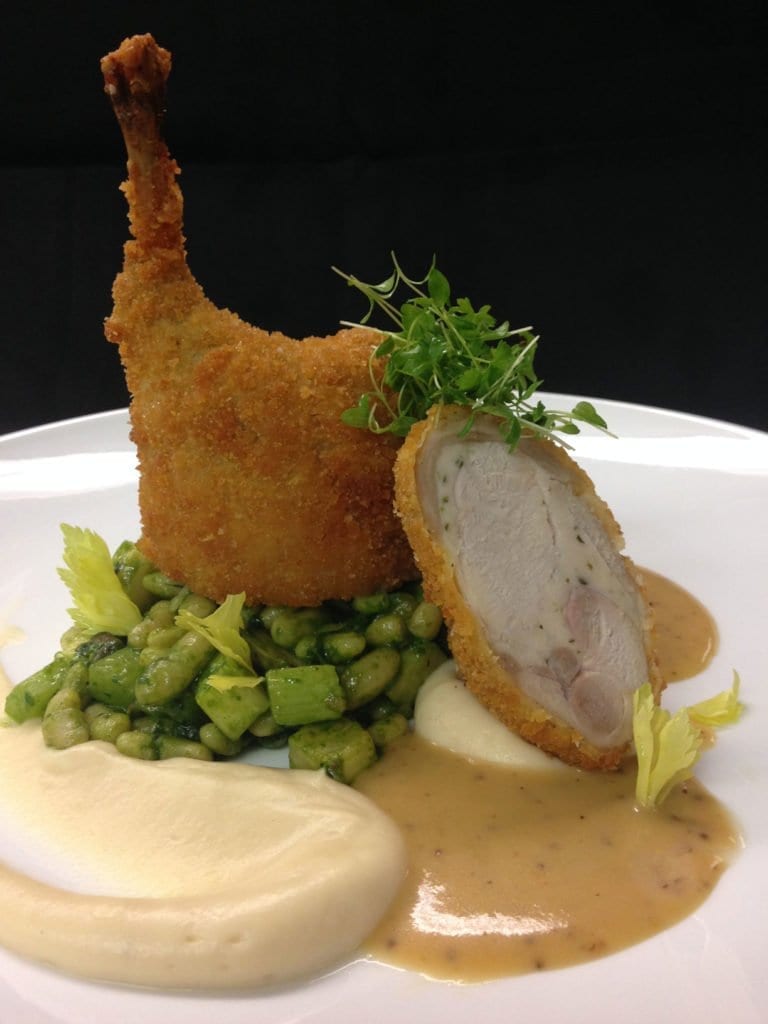
[Steve Coomes] When you proposed that dish to your colleagues at the restaurant, they questioned whether you could really do it, right?
[Patrick Roney] “That’s right. When I said I intended to hold Kentucky-fried rabbit legs perfectly crispy for Derby night service, they weren’t sure it was possible. I knew we couldn’t drop rabbit legs to order in the fryer all night and risk the quality being all over the place. So, we had to fry them before service and hold them in the CVap. On a night when we were charging $275 a person, everything we did had to be spot on. But at that point, I’d used CVap enough to know what it did when I programmed it correctly.”
“Everything held perfectly through that four-hour service—perfectly. We were proud of the quality, but it also gave us an opportunity to prove we could really do what others doubted we could. It took guts to take that chance because I was holding $4,000 worth of food in the CVap. But I was confident it would work.”
[Steve Coomes] Who doubted your call to use CVap?
[Patrick Roney] “My boss back then, Chef Matt Durham, and Julie De Friend, the front-of-the-house manager. Julie was over the moon with the way it came out, and our guests were over the moon with the whole meal. Matt was quietly impressed that it worked that way.”
[Steve Coomes] I gather that was a confidence boost for you to see CVap perform exactly the way you needed it to.
[Patrick Roney] “We were really beginning to see that it was a kind of magic closet. You put food into it, opened the door, and pulled out perfectly held food. It opened so many avenues for different ways of plating and different thought processes on how service was going to go for us in the future.”
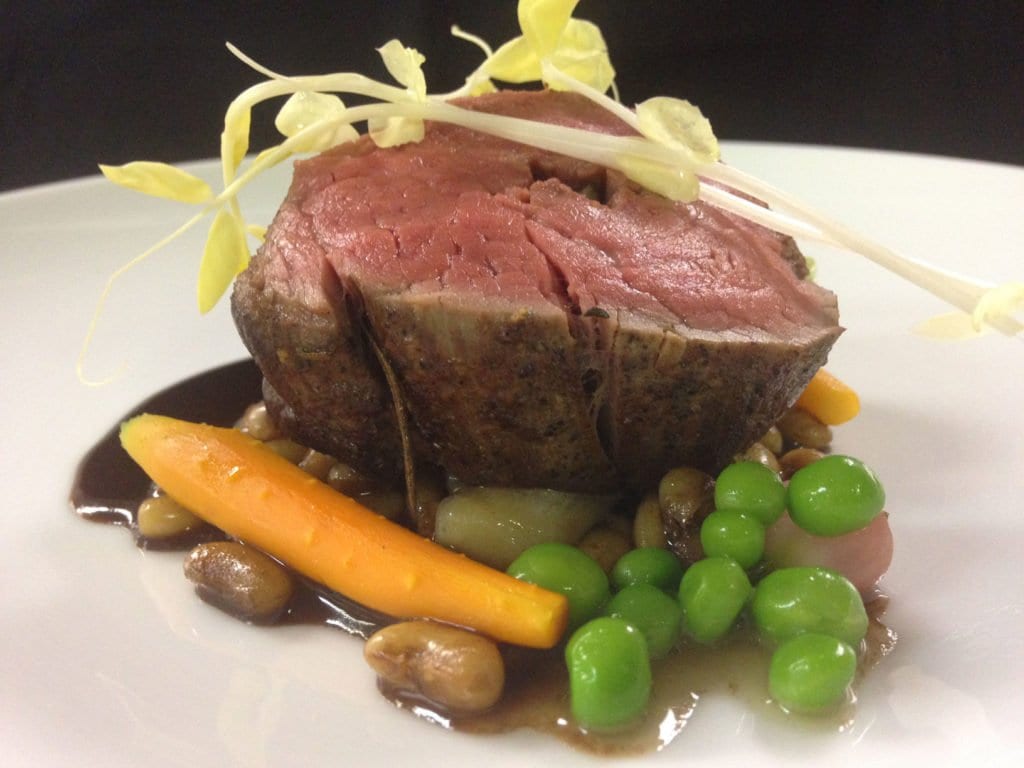
Networking: The Gift That Keeps on Giving
Experimenting with CVap ovens helped Chef Roney master its basics. But networking with other chefs who used it was mind-expanding and unexpected.
[Steve Coomes] How did you meet so many chefs who also used CVap?
[Patrick Roney] “I know it sounds corny, but it was a wonderful day that I met Chef Barry Yates at a Star Chefs conference in New York. I told him what I was doing with CVap, and he started giving me his own research information.”
“During that Star Chefs event and one other I attended, I got to see what other chefs were doing, and I dug in further. At the second Star Chefs, I got to work the Winston booth and get feedback and find out how restaurants were thriving by using it.”
[Steve Coomes] What types of restaurants were using it?
[Patrick Roney] “It ran the gamut: fine dining, barbecue, fast food…and it didn’t matter what type, really, because CVap was the workhorse allowing them to save labor, time, money, effort, staffing, greatly increase quality and create new things. I learned a lot from being around other users.”
[Steve Coomes] You’ve mentioned that it saves time cooking by letting you do other things. Does that ultimately benefit your labor cost?
[Patrick Roney] “It saves people in the kitchen, which helps save labor. When I first used it at The Oakroom, I had a small team there—just four of us in that kitchen. So we called the CVap the Fifth Man. Every night we were open, that thing was running.”
“It also lowers the stress of a kitchen to have CVap in there. There are a lot of things happening during the early part of service. A lot of stuff that one cook is expected to pay attention to. Having that CVap prepped and full of whatever that cook needs, all of it staged and ready to finish or go right to the plate removes stress from that cook’s scope of responsibility. What then happens is it opens up a lot more opportunities to be better at some other aspect of the dishes coming off that station. The cook can do other things because CVap is taking care of the rest.”
[Steve Coomes] You hosted many large-scale events at Ashbourne Farms, where all events are large-scale dinners. How did CVap help?
[Patrick Roney] “When you’ve got to have 300 pieces of something cooked exactly the same for a high-end function, you can’t beat them. But to be able to cook and hold those perfectly for two hours before service, that’s what’s really amazing. Knowing you can do that frees you up during crunch time when so many plates are spinning. You have that ace in the hole.”
What Chef Roney Likes Best
That Chef Patrick Roney calls the CVap a “workhorse” nicely describes the burden it removes from professional cooking. But as he describes below, it’s also a precision cooking oven, created to cook and hold at exacting temperatures and without variation. Learning how to make it walk the fine line of perfection is a matter of gathering information and experimenting with food.
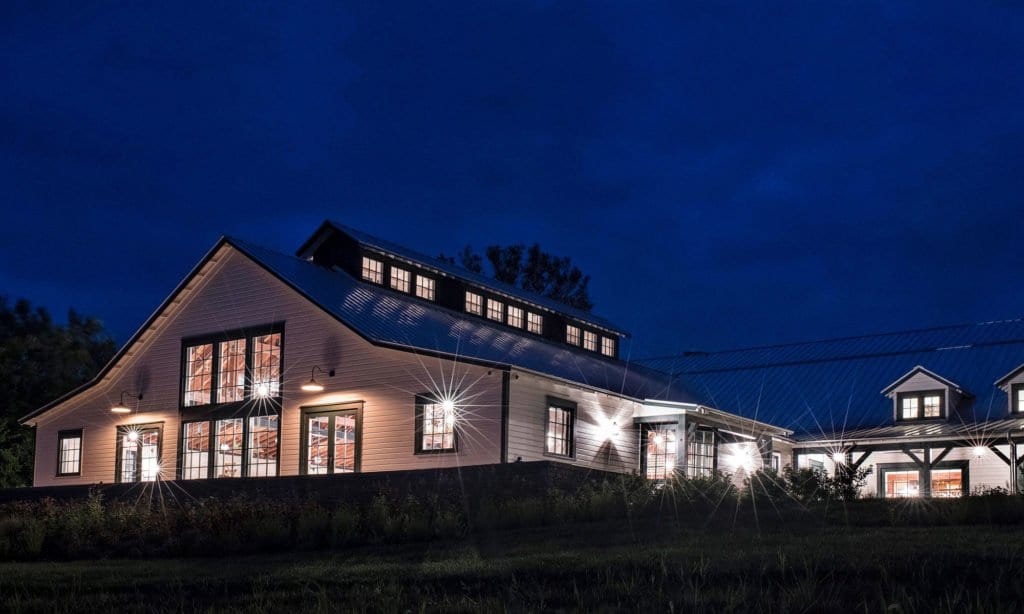
[Steve Coomes] Easy question: What unique aspects of CVap help your style of precision cooking?
[Patrick Roney] “It’s just so precise, which is something other ovens I’ve used can’t do. They can get close, but not perfectly and not consistently. Things we put in CVap are cooked so precisely that we don’t even have to stick thermometers in the food to make sure the food is done. It’s that reliable.”
“The food that goes in hardly loses any moisture or weight, which means really high yield, which is great for food cost.”
“Being able to control the environment in the CVap and to maximize that moisture barrier that surrounds the food—things like eggs and scallops and steaks and fish, which all hold a lot of moisture—that’s a great asset to me.”
“It’s pretty fun when you figure out how to put different things inside it and see how it holds them all just perfectly. You can’t do that with a warming cabinet or an ordinary oven because you can’t control the moisture.”
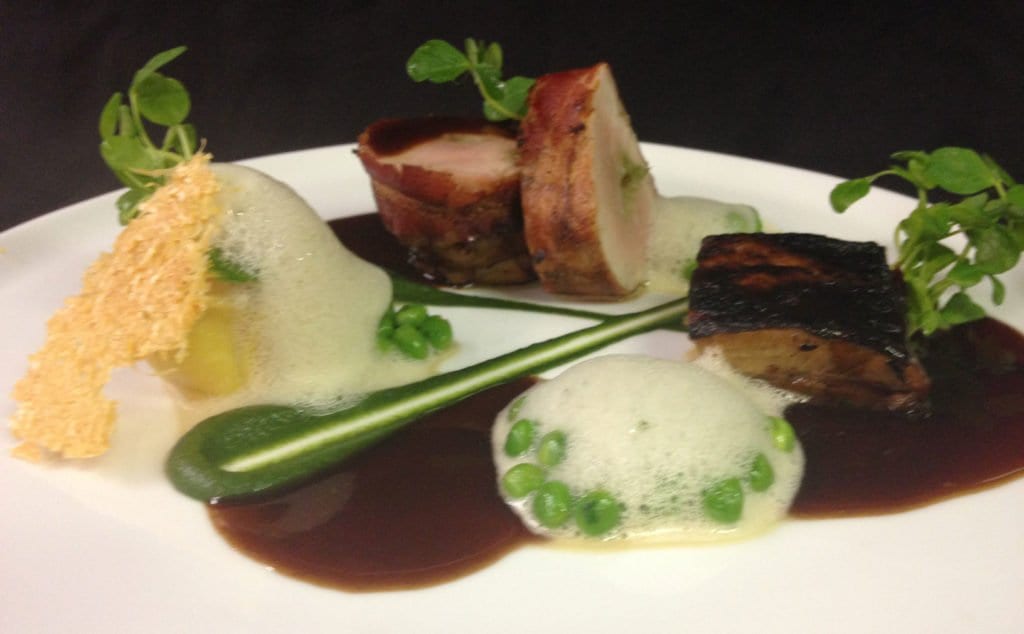
[Steve Coomes] In the past few years you’ve used CVaps at several different restaurants. Has it changed the way you plan out a menu? Knowing what you can cook and hold with it surely influences that, right?
[Patrick Roney] “Most definitely. You have more comfort writing a menu toward the sweet spot of how the CVap works and what you can get from it. If you have a couple of CVaps in one place, you can develop a couple of menus that lean on those sweet spots and how you control the cooking environment in each. You can build your menu around a CVap to a great extent.”
[Steve Coomes] Earlier you mentioned holding scallops in CVap. What about finfish? Does that work as well?
[Patrick Roney] “It’s absolutely great for finfish. Knowing your desired temperature when that fish is perfect is the key to setting CVap correctly. But you have to know exactly what temp you want to hold each specific fish because one doesn’t work for all. A monkfish will be perfect at a temperature that a flounder isn’t, so it’s essential figure that out. But once you have that knowledge, it’s easy.”
Patrick Roney’s Five Faves
[Steve Coomes] Here’s a lighting round question: Give me your five favorite CVap settings and the foods you hold or cook them in.
[Patrick Roney] “OK, here goes:”
- Fried rabbit legs, 130°F plus 4 browning (new CVap 130°F Vapor Temp/170°F Air Temp).
- Holding New York strips, 125°F plus 0 browning (new CVap 125°F Vapor Temp/125°F Air Temp).
- Braising anything—shanks oxtail, short ribs—180°F plus 2 browning (new CVap 180°F Vapor Temp/190°F Air Temp).
- Large proteins, 125°F plus 2 browning (new CVap 125°F Vapor Temp/135°F Air Temp).
- Fish, I have a couple: If holding scallops or flounder, 133°F plus 0 browning (new CVap 133°F Vapor Temp/133°F Air Temp).
Salmon is kind of variable, in that you don’t want it dried out, but most people prefer it cooked all way through. So, 140°F plus 1 browning (new CVap 140°F Vapor Temp/145°F Air Temp).
Follow Chef Patrick Roney
